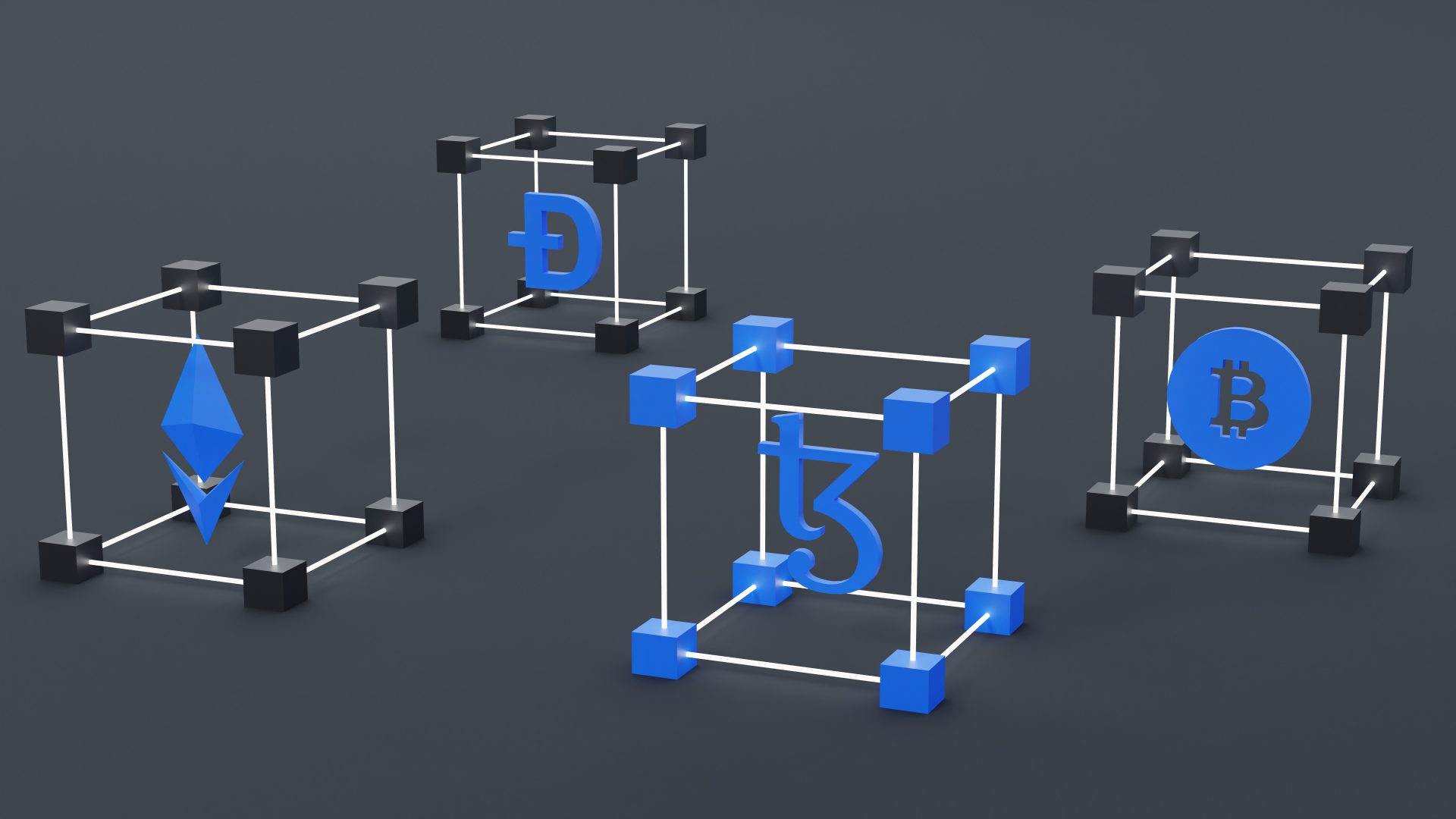The Evolution of Chatbots in Customer Service

Imagine this: you’re sipping your morning coffee, scrolling through your emails, and you come across a question about a product you recently bought. In the old days, you may have needed to pick up the phone and endure a drawn-out conversation or wait hours for an email response. But that’s not the case anymore. Enter chatbots: the dexterous digital assistants that have redefined the customer service landscape.
What exactly are they? You may ask. Well, Chatbots are AI-powered software designed to interact with humans in their natural languages. These interactions usually occur through messaging applications, mobile apps, websites, or over the phone.
“Chatbots have transformed the way businesses interact with their customers, shaping conversations that are effective, efficient, and friendly. They’re the unsung heroes of the digital customer service world.”
And that’s only scratching the surface. From changing the game for customer service to promising future implications, follow us as we delve into the remarkable world of bots.
Table of Contents
Unveiling the Journey: The Evolution of Chatbots in Customer Service
So, how exactly have chatbots evolved in the customer service arena? The answer lies in a combination of technological advancements and consumer behavioral shifts. Let’s time travel back to the early days, when bots were simple tools programmed to deliver automated answers to specific prompts. They were far from perfect, but they marked an important stepping stone in the realm of customer service. These first-generation chatbots had limitations – their learning abilities were limited and they could only provide generic answers. The lack of sophistication often led to frustration for users who needed more personalized, in-depth assistance.
However, thanks to developments in artificial intelligence and machine learning, chatbots started to learn, adapt and evolve. The dawn of AI-powered chatbots brought a significant transformation. They became capable of understanding not just simple commands, but also natural, conversational language. This ability to mimic human interaction created a more enjoyable, interactive experience for customers, marking a game-changing moment in customer service.
Regardless of the hour or the complexity of the query, bots are there, ready and willing to help. They allow for immediate, 24/7 customer service, handling multiple queries simultaneously. This accessibility alongside their increasing sophistication has led to a broader acceptance and implementation of modern chatbots across various industries.
Fast forward to today, chatbots are not just an optional tool but a crucial one. They enhance the customer service experience by providing customized, instant, and consistent service. All signs point to this trend continuing its upward trajectory, giving us a tempting glimpse into an even more convenient and personalized future for customer service.
Breaking Down the Basics: What Exactly are Chatbots?
Chatbots, at their most basic level, are artificial intelligence (AI) programs designed to conduct conversations with users. These digital assistants use a blend of pre-set scripts and machine learning algorithms to interact smoothly in a human-like fashion. The ability to offer instant responses and round-the-clock accessibility makes bots a vital element in customer service today.
The unique attribute to note about chatbots is their versatility. They can be integrated across diverse platforms such as websites, mobile applications, and social media handles. From helping users navigate a website, addressing common inquiries, to assisting with bookings and purchases – these virtual associates are configured to perform a plethora of tasks, thus enhancing customer experience manifold.
Now you might wonder, how do chatbots accomplish all this? Well, the conversation with a user typically begins when the bot recognizes a keyword or a specific phrase. Depending on the complexity of the bot, they can either respond with a pre-determined text or carry on a more sophisticated interaction based on their learning from previous conversations. The ultimate aim is to resolve the user query effectively and efficiently.
It is also worthwhile to mention that not all bots are the same. They range from basic ones, which follow decision-tree logic, to advanced AI-powered chatbots. The latter are capable of natural language processing, self-learning and adapt over time by learning from customer interactions. These bots provide a more interactive and personalized customer service experience.
So there you are – an understanding of the basics behind chatbots. As we move ahead in this journey, you’ll discover more about the kind of influence these digital allies hold in redefining the customer service landscape.
The Catalysts: Key Players in the Evolution of Chatbots
Let’s dive a little deeper to understand those instrumental in the chatbots evolution. These visionaries, developers and companies have paved the way for the sophisticated chatbots we see today.
If we think back to 1966, Joseph Weizenbaum from MIT was a pioneer with his development of ELIZA. As the first-ever chatbot, ELIZA simulated conversation with a series of pre-programmed responses, thereby laying the groundwork for the many chatbots that followed.
Fast forward to this century, and we witness Siri’s splash onto the scene as Apple’s intelligent virtual assistant. Launched in 2011, Siri’s arrival heralded a new era in the world of chatbots, turning a niche concept into mainstream technology. It brought voice recognition and user-friendly interfaces to the fore, making it possible to carry a personal assistant in your pocket.
But let’s not forget the contributions of companies like IBM and Microsoft. IBM’s Watson, famed for its 2011 victory in the game show ‘Jeopardy’, has evolved into one of the most complex AI chatbots available. It employs machine learning, natural language processing, and deep learning models to offer superb accuracy in customer interactions. Meanwhile, Microsoft pushed boundaries with its social AI chatbot, Xiaoice, defying the norms and facilitated emotional interactions with millions across the globe.
To wrap it up, these innovative minds and entities have not only redefined the realm of customer service but also transformed the way we interact with technology. The result? A more humanized and personalized experience that continually adapts to user needs and preferences.
Redefining Customer Interactions: A Look at the First Generation of Chatbots
Chances are, you’ve interacted with the first generation of chatbots without even knowing it. These chatbots took root, mainly in customer service roles, around the first decade of the 21st century. Unlike their modern counterparts, these early versions were primarily rule-based, designed to understand and respond to specific keywords or phrases.
During their prime, first-generation chatbots were revolutionary, paving the way toward automated customer service. They allowed businesses to manage common inquiries without human intervention. For instance, if you messaged ‘payment issue’ to a company’s support channel, a chatbot could step in and provide directives for resolving common payment problems.
Limitations of the First Generation
No innovation is perfect from the get-go, and first-generation chatbots were no exception. They often struggled with typos, synonyms, or queries that deviated from the standard keyword synonyms. Their lack of context understanding and natural language processing capabilities often resulted in monotonous and somewhat robotic interactions, which left many customers feeling frustrated.
Moreover, their rule-based programming made them incapable of learning from past experiences. They were not designed to retain or comprehend information from previous interactions, which hindred any possibility of personalized customer service.
A Stepping Stone
Despite these drawbacks, one can’t underestimate the importance of these early chatbot models. They served as a stepping stone, highlighting both the potential gains and pitfalls of automated assistance. The lessons learned from studying their shortcomings set the stage for the development of more sophisticated chatbots. These next-generation versions leveraged advancements in machine learning, natural language processing, and artificial intelligence to deliver a more human-like and personalized customer service experience.
As we venture further into the era of digital transformation, remember to look back on this fundamental moment in the history of customer service – the birth of chatbots. It not only revolutionized how companies communicated with their customers but also laid the groundwork for the cutting-edge technology transforming global communication today.
Read more: Aesthetic Fonts for Instagram Reels to Boost Your Engagement




